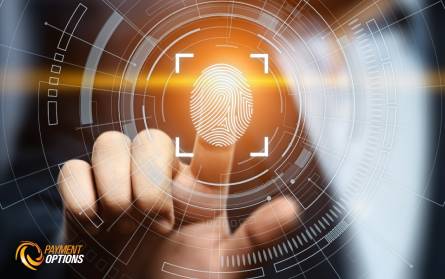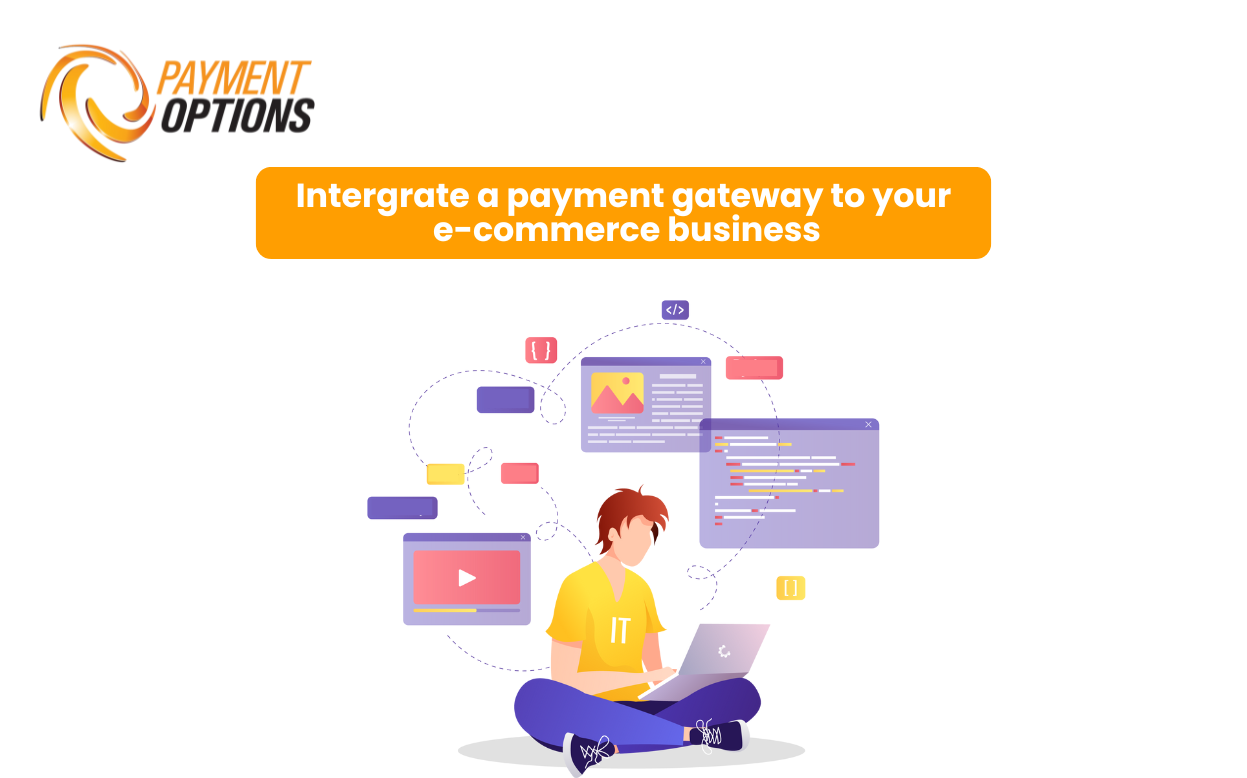Data Privacy vs. Data Security: What is the Core Difference?

Personal data as well as the privacy of that information must not be treated lightly for organizations storing or handling data and people who own it. While pursuing the phase of preserving critically confidential information such as names, accounts, and health data, they are key considerations. Cybercriminals as well as other harmful entities will have direct connections to massive volumes of potentially lethal information without any safety measures. However, the difference between data privacy and security is not known or accepted by all. As a consequence, the words are often misused as the same term.
Security vs. Privacy
The primary difference between privacy and security depends on the information to be protected, the ways of protecting it, and the organizations who have been protecting it. Security is all about securing information from external attacks, and privacy of the information is the use of data appropriately.
Data storage is clearly associated with protecting confidential data. Where privacy and protection of data seem to be different in the type of protected data and the entities from which that data is being protected.
The primary objective of data protection is to avoid unauthorized access to information, through compromises or hacks, irrespective of who the unauthorized person is. Entities utilize tools and technologies like firewalls, device authentication, system limits, and organizational security procedures to prevent accessibility. It also requires authentication technologies including tokenization and encryption to help secure information by keeping it unusable, which would deter cybercriminals from actually revealing large amounts of confidential information in the case of a hack.
Privacy has been associated with making sure that the important material processed, stored, or transmitted by an organization is consumed properly and with the permission of the owner of that confidential information. This implies notifying people in advance of which kinds of content will be stored, for what objective, and with whom it will be exchanged. When this regulation is offered, a person must then accept the rules of use so that the organization that ingests information can use it following its real reasons.
So, privacy has less to do with securing information from harmful attacks as it is about just using it wisely to keep it from getting into the wrong hands in compliance with the preferences of consumers and users. However, that doesn’t imply that security-type steps to make sure privacy is secured should not also be implemented. For example, attempts to avoid confidential data from being connected to its data controller or natural individual, like de-identifying, obfuscating, or storing personal data in multiple ways to minimize the risk of reidentification, are some other popular aspects of privacy.
Very frequently, the words security and privacy have been used synonymously, however, you can recognize that, although sometimes challenging to differentiate, they are essentially different. While security measures can be fulfilled without private security being fulfilled as well, privacy issues cannot be resolved without first implementing successful security practices. In other sentences, access is limited by anonymity, while protection is the mechanism or application for restricting access. Security safeguards information and privacy protect your identification.





